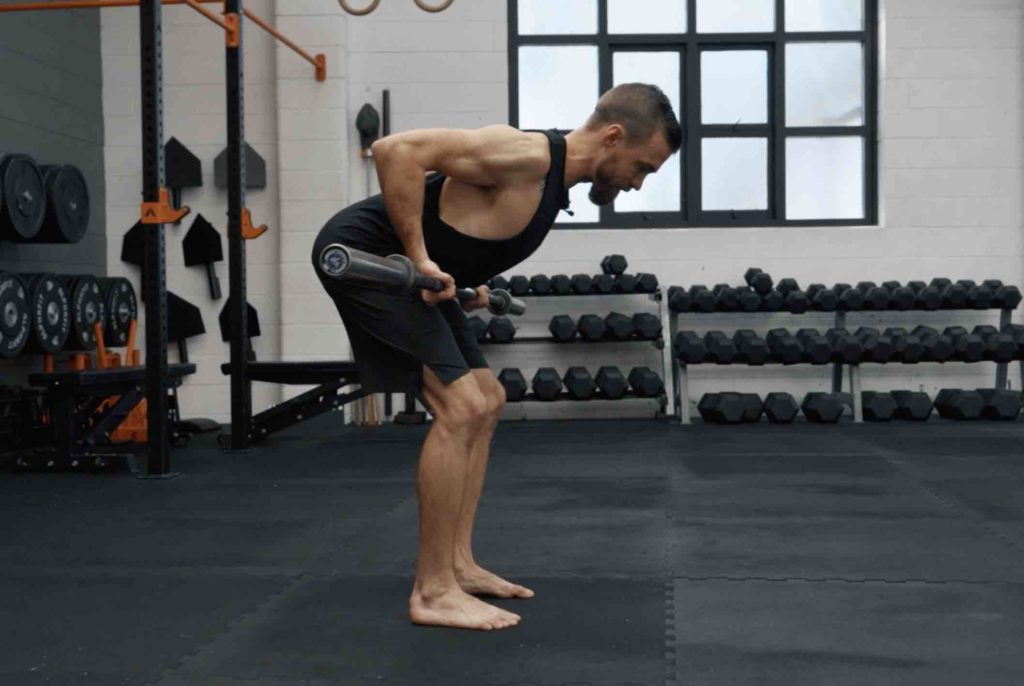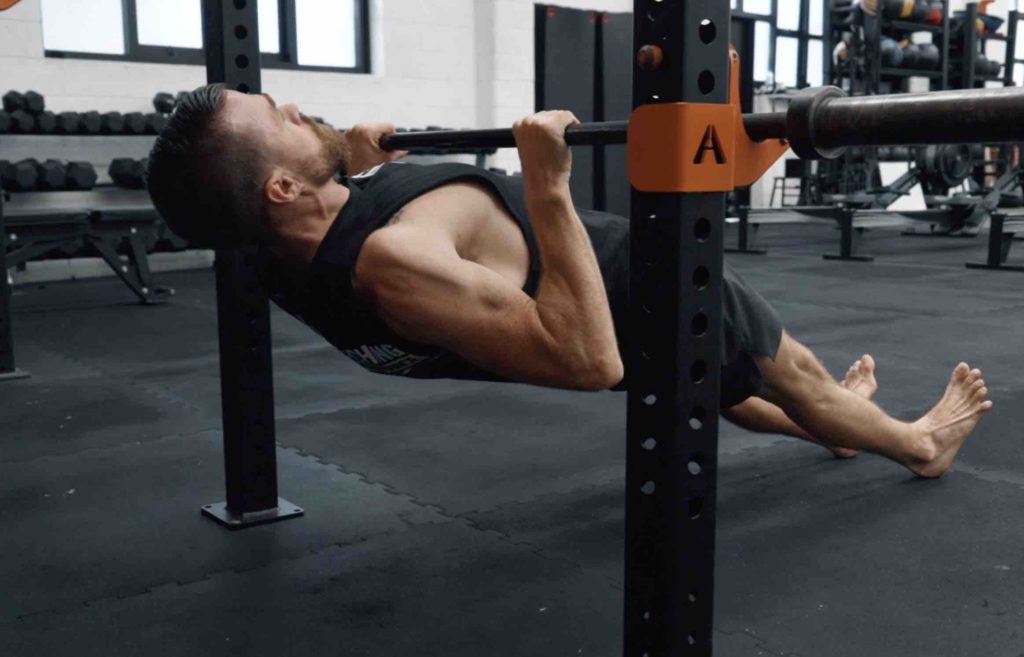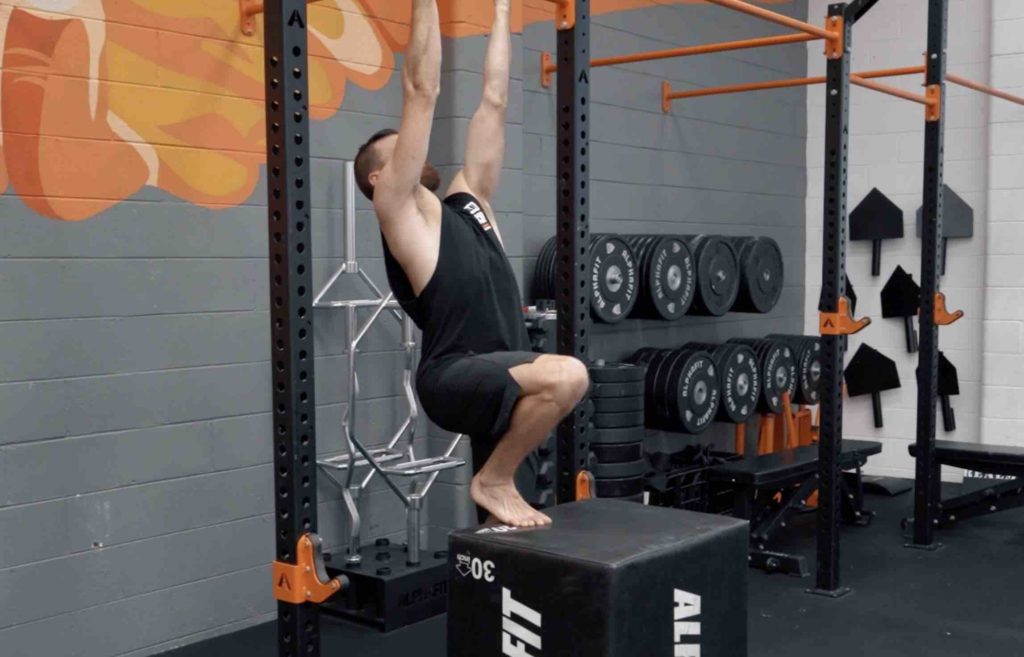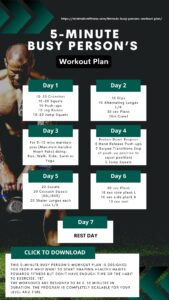Pull-ups are the age-old bodyweight skill people either love or hate. The hate usually stems from an inability to do them but when you focus on the fundamentals you can see the benefits long before you achieve that first elusive rep.
If you’re looking for a full seven-step tutorial on how to achieve your first pull up, read on to discover that first elusive rep.
What muscles do pull ups work?
Pull ups use your lats and biceps primarily, while also recruiting your deltoids and rhomboids. When executing the correct technique it will also challenge trunk stability (core) and the smaller muscles of the rotator cuff and scapula as getting “chest to bar” requires a good range of motion and strength.
What are pull ups good for?
In one word, everything. As I mention in my strength standards article, if you can achieve 10+ reps as a male and 1-3reps as a female, you are probably at a healthy weight range and have enough strength to achieve most athletic endeavours.
Related Posts:
- How To Do A Back Bridge In 5 Simple Steps
- Check out these 5 Minimalist Bodyweight Workouts
- The Best Exercises For Weight Loss At Home
- Dan John Easy Strength | A Minimalist Bodyweight Workout
- How To Learn Hanging Leg Raises
- One Arm Pushup Progression In 7 Simple Steps
- Master The Pistol Squat Progression In 7 Steps
How to get better at pull ups
There are four key elements you need to consider when getting better at pull-ups:
- Relative Strength – The strength in horizontal rowing movements such as the bent over row, your deadlift and even the squat represent one thing, your ability to maintain tension with a large amount of weight.
- Bodyweight – It’s a really simple equation, to more you weigh the more you need to move. It’s a simple fact if you’re carrying a few extra kilos you are going to need to either build strength or lose weight or both.
- Posture – Do you sit at a desk all day or do you love that forward flexion position to check out your newsfeed? This may be another reason why you are struggling to achieve or get better at pull-ups.
- Time – Pull-ups are one of those things that take time.
It’s not all doom and gloom though. We’ve laid out the key elements that affect your pull-ups, now let’s look at some targets and systems you can use to give you the best chance possible to complete pull-ups.
- Lift Heavy – Get comfortable with being under tension. It takes time for muscles, tendons and ligaments to adapt to the demands. Enjoy learning to pull big weights in your deadlift and bent-over row.
- Body Composition – Focus on getting to a healthy range of body composition. The side effects of this will be increased energy and ability to train, less risk of lifestyle-related diseases and better strength-to-weight ratio.
- Extension – Get into extension patterns to offset the desk hours. Focus on horizontal pulling exercises at a ratio of 2 pulls to every 1 push.
How to do pull ups
So how do beginners do pull ups? Before we get to the full pull up we should look at the movements, exercises and progressions that will help you achieve your first pull up. If you are starting from scratch this may take some time but is relatively straightforward.
In the tutorial video provided you will find the sets and reps for each level.
Step 1: Bent Over Row
Bent over rows are a great starting point. By starting with a horizontal row you will keep good shoulder health and be able to improve strength quickly.

Step 2: Inverted Row
Doing inverted rows on a barbell or fixed bar will start to give you the ability to get chest to bar. When using a TRX for rows we can change our hand position to cheat to the finish if we have any restrictions or limitations.

Step 3: Jack Knife Pull-ups
The jack knife pull-up is one of the most effective introductory movements for people, especially those that are building upper body strength. Being able to use your legs to support the movement you will be able to assist your way to the top of the movement.
Here’s a video I posted years ago about the jackknife pull-up:
Step 4: Scapula Pull-ups
Focusing on scapula strength, particularly in the first stage of the pull will give you the ability to get out of the bottom of the dead hang position of the pull-up.
Step 5: Assisted Pull-ups
Instead of using bands, try to set yourself using your legs to support the movement. Kind of like the jack knife pull-up you will be able to reduce the support you give yourself over time as you get stronger.

Step 6: Eccentric Phase Pull-ups
Focusing on the negative or down phase of the movement is where strength is built. By resisting the fall you will be creating greater force than in isometric holds or the concentric phase of the movement.
Step 6: Partial Pull-ups
The final stage before the full pull-up allows you to work from the top of the movement which will help you avoid falling into a dead hang. Quite often when we start we struggle to keep tension on the eccentric phase and fall into a dead hang position.
Step 7: Full Pull-ups
Once we’ve put it all together it’s time to attempt a full repetition. Starting in a dead or active hang position pull your chest to the bar. Once the chest comes in contact with bar, return to the start position.
Bonus Step: Weighted Pull-Ups
Once you’ve mastered full pull-ups, it’s time to add weight. Starting with a small weight (1-2kgs) start by completing small amounts of sets and reps. You can use a rep scheme like Dan John’s rule of 10 to begin. Don’t overdo it as sometimes you may develop things like a golfers elbow due to the increased load.
Good things take time. Focus on ruthless execution of the basics of pull-ups, getting or maintaining healthy body weight and building strength in other movements to improve confidence and competence under tension and you will be giving yourself the best chance possible for success.
